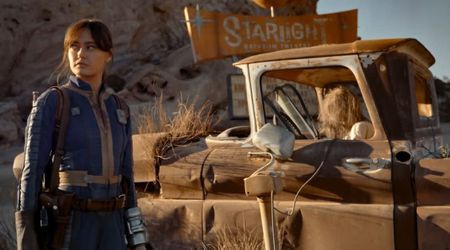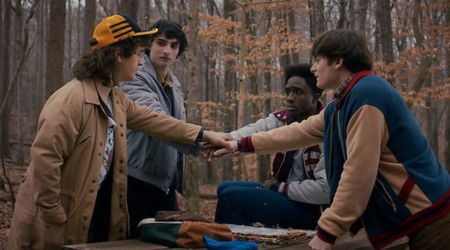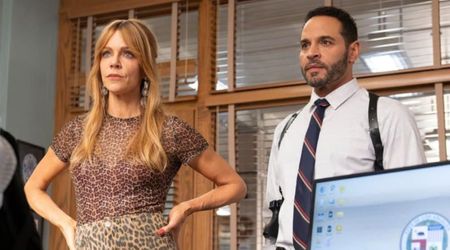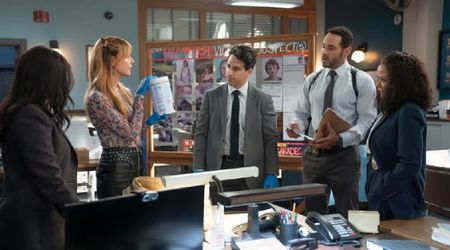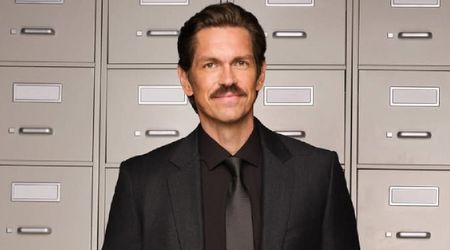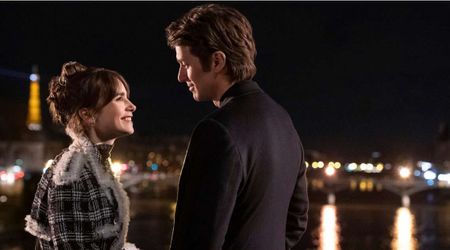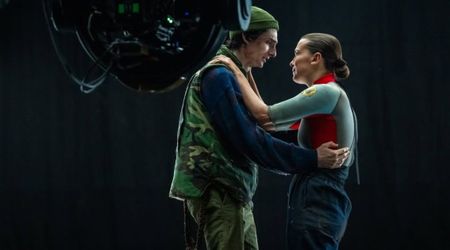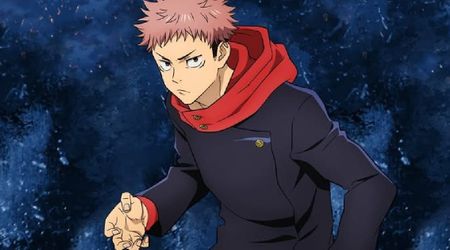'America: Our Defining Hours': How the celebration of a successful rescue mission became the first American Thanksgiving

Thanksgiving is an American holiday, a time for reverence and family, celebrating the harvest and the blessings of the past year. The modern-day Thanksgiving celebration are characterized by the traditional stuffed roasted turkey and pumpkin pie meal, a game of football, family reunions and more. The observance of this day has been in practice for centuries dating back to the mid 16th century. However, historically, people believed that the first official Thanksgiving celebration was hosted in 1621 when the Pilgrims and the Native-American tribe of the Wompanoag's came together to give thanks for a bountiful harvest. The History Channel's new three-part documentary series 'America: Our Defining Hours' unfolds the American story. It highlights the evolution of America, from when the seeds to the glorious nation were sowed centuries ago to the various crises it faced and overcame to become what it is today. In its first episode, the show sheds light on the first Thanksgiving celebration ever held.

The East Coast of the United States had been home to many Native American tribes for millennia, even before the first foreign settlers landed on its soil. The first set of European settlers, a group of 102 people comprising men, women, and children arrived in 1620, aboard the 'Mayflower' in search of the 'New World', where they hoped to settle down. They were English protestants called Puritans who wanted to break away from the Church of England. Initially intending to land where New York City is presently located, winds and stormy weather forced the group to dock and settle in the area that is now Cape Cod, Massachusetts. Establishing themselves as the Plymouth Colony, they were faced with harsh conditions, that left them at the brink of starvation.

Unbeknownst to them the land belonged to the Pokanoket Wampanoag tribe, who ran the land well and were great agriculturists, fisherman, and hunters. The tribe regarded the foreign settlers for days and watched as they struggled to make it through without food to survive on. One day Samoset, the leader of the Abenaki people and Tisquantum, or 'Squanto' as he was known, paid the colonists a visit and established a formal agreement with them. Both the Wampanoag tribe men were familiar with the English language, and Squanto taught the settlers to grow corn and use fish to fertilize the soil for agriculture. In 1621, the colonists and the tribe joined forces to protect each other from other tribes.

It was a success and their relationship was peaceful yet amicable as they dwelled among each other harmoniously. When Corbitant, a fellow Native American, abducted Squanto out of rage for being in good favor with the chief, Massasoit, and the pilgrims, the Pokanoket and the colonists organized a raid and rescued Squanto. Soon after, as a celebration of Squanto's safe return and giving thanks for the harvest that they were blessed with, the pilgrims and the Wampanoag gathered together to celebrate the first thanksgiving. On the day of Thanksgiving, August 14, 1621, four settlers from the Plymouth Colony set out to hunt for food for the harvest celebration. The Wampanoag heard gunshots and alerted their Chieftain, Massasoit, who assumed that the English had stabbed them in the back. Accompanied by 90 men, Massasoit visited the English settlement only to find that they were preparing for a feast. Massasoit sent some of his own men out to hunt, and for three days thereafter, the English settlers and the native folk ate and made merry together. The meal comprised deer, corn, shellfish, and roasted meat.

Praising the creator for showering his blessings on the tribe was a part of the Wampanoag daily life. In fact, it has been carried through from ancient times, where the indigenous people of North America held ceremonies in appreciation of God's gift and the successful harvests. They also prayed for a good agricultural season in the forthcoming spring and for other good fortunes like the birth of a child. According to TIME magazine, the attendees at the Thanksgiving celebration comprised of at least 90 men from the tribe and 50 or colonists.
'America: Our Defining Hours': The three-night miniseries event premieres Sunday, July 5 at 9/8c on History Channel.

